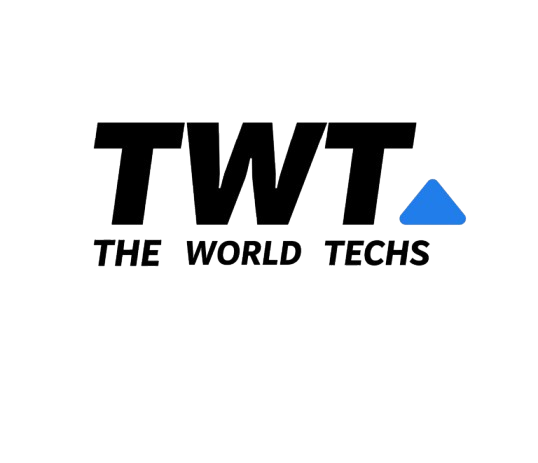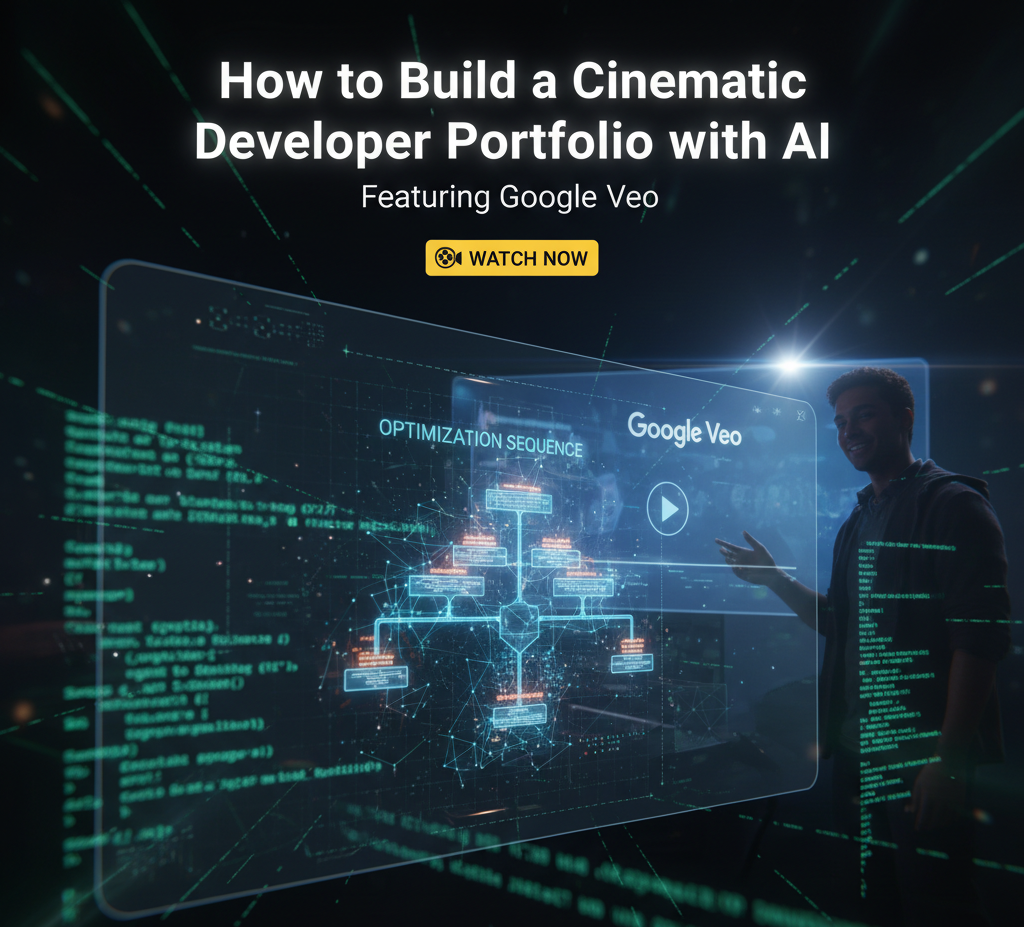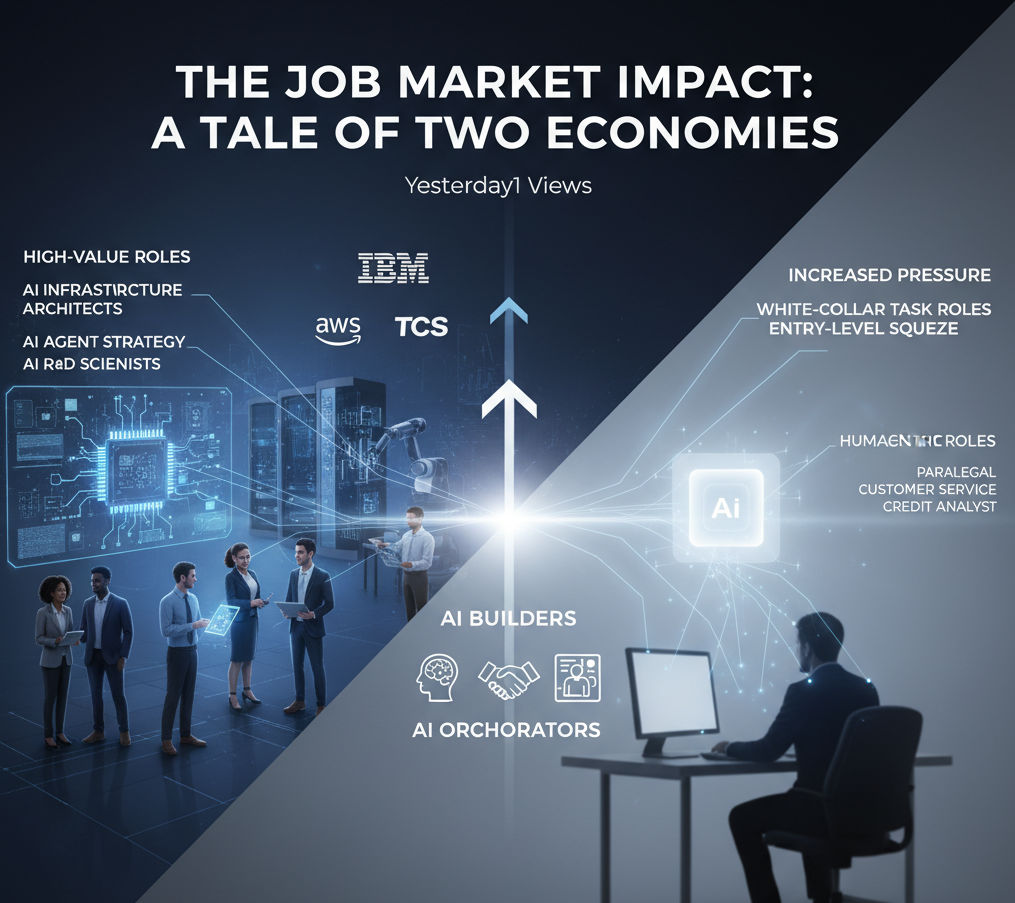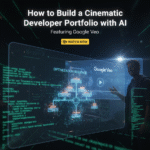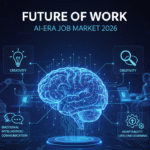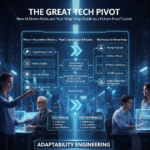Now Reading: The End of Static LLMs: Why the Transformer Architecture is No Longer Enough
-
01
The End of Static LLMs: Why the Transformer Architecture is No Longer Enough
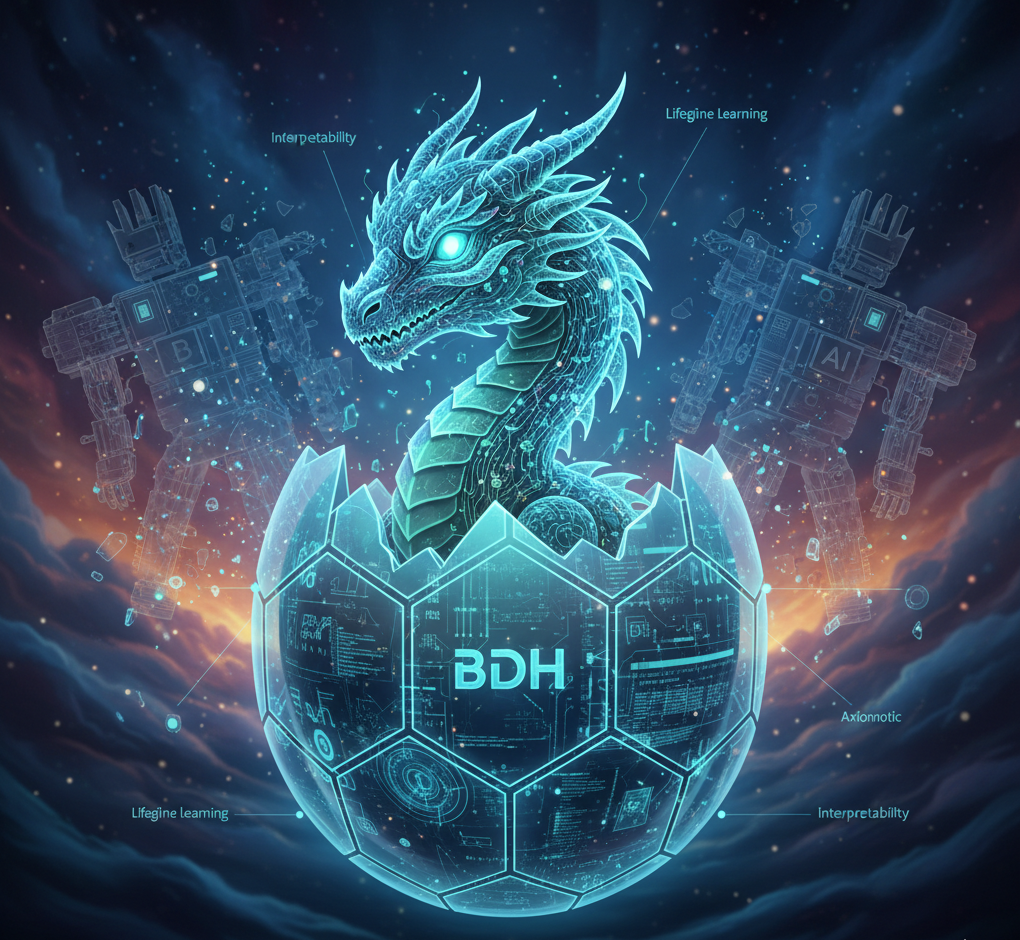
The End of Static LLMs: Why the Transformer Architecture is No Longer Enough
The Transformer model, the backbone of modern Large Language Models (LLMs) like GPT and BERT, catalyzed the current AI boom. However, as we push toward truly autonomous AI agents and real-time decision-support systems, the inherent limitations of static, correlation-based models are becoming evident. The primary challenge? Generalization Over Time—the ability to continuously learn and reason across extended periods without catastrophic forgetting.
Enter the Baby Dragon Hatchling (BDH): Pathway’s new biologically-inspired architecture designed to finally deliver on the promise of lifelong, trustworthy, and efficient artificial intelligence.
What is the Baby Dragon Hatchling (BDH) Architecture?
BDH is a groundbreaking shift away from the traditional, large-scale matrix multiplications that define the Transformer. Instead, it is built on principles inspired by neuroscience, specifically focusing on how the human brain learns, adapts, and maintains long-term knowledge. It aims to create an AI that doesn’t just process data but grows its understanding over weeks or months.
How Does BDH Tackle the Transformer’s Biggest Weaknesses?
The BDH architecture delivers three core advantages that position it as the clear successor to the aging Transformer model:
1. Lifelong Learning: The Power of Hebbian Plasticity
- The Problem: Standard LLMs require expensive, periodic retraining and suffer from “catastrophic forgetting”—the loss of previous knowledge when new information is introduced. They are essentially static snapshots of a dataset.
- The BDH Solution: BDH utilizes Hebbian synaptic plasticity, a principle famously summarized as “neurons that fire together, wire together.” This biologically-inspired mechanism allows BDH to conduct continuous, on-the-fly learning and reasoning. The model constantly updates its “synaptic weights” as it interacts with new data, making it ideal for autonomous agents that must operate and adapt in dynamic, real-time environments.
2. Axiomatic Interpretability: Building Trustworthy AI (XAI)
- The Problem: The complex, opaque nature of Transformer-based LLMs makes them “black boxes.” This lack of transparency is a massive barrier for deployment in mission-critical sectors where auditing and trust are non-negotiable.
- The BDH Solution: BDH is built with monosemanticity—a concept implying that each component (or “neuron”) in the model is responsible for a single, clear concept. This allows for axiomatic interpretability, meaning developers and regulators can easily audit the model’s precise line of reasoning. This is a crucial step forward for Explainable AI (XAI), opening doors for ethical and reliable use in FinTech, Law, and Healthcare.
3. Linear Scalability and Efficiency: Democratizing Power
- The Problem: Transformer models are notoriously inefficient, exhibiting exponential scaling. Achieving a marginal increase in performance often requires an exponentially larger investment in compute resources, effectively locking smaller teams out of state-of-the-art AI.
- The BDH Solution: The BDH architecture achieves performance comparable to models like GPT-2 but with linear scaling. This radical efficiency makes powerful, continuous-learning AI models far more accessible to smaller teams, startups, and organizations that cannot afford hyperscale infrastructure.
What Industries Will BDH Transform First?
The implications of BDH’s breakthrough are vast, but the following areas stand to gain the most:
- Autonomous Systems: BDH provides the necessary lifelong learning for truly autonomous vehicles, robotics, and complex simulation environments.
- Financial Services: Axiomatic interpretability allows for auditable AI in high-stakes areas like algorithmic trading, fraud detection, and regulatory compliance.
- Real-Time Decision Support: Healthcare diagnostics, personalized medicine, and industrial IoT (IIoT) can leverage BDH’s continuous learning for instant, context-aware insights.
Ready to Build the Next Generation of Autonomous Systems?
The BDH architecture marks a significant pivot in the field of AI research, shifting the focus from size and correlation to biology, efficiency, and continuous adaptation. The age of the static LLM is giving way to a new era of dynamic, trustworthy, and accessible intelligence.
Dive Deeper into the BDH Revolution:
- Read the Official Paper: (Link to arXiv/Hugging Face)
- Explore the Code: (Link to GitHub)
- Watch the In-Depth Video: (Link to Video Explanation)
